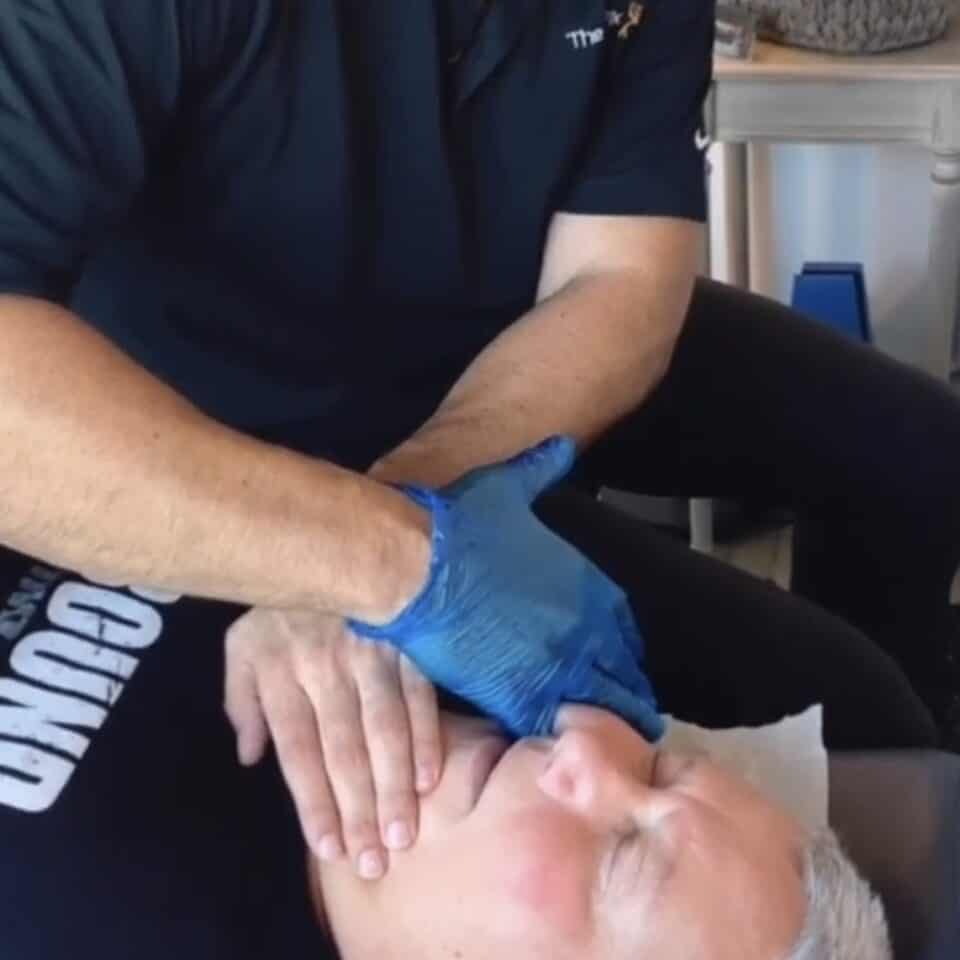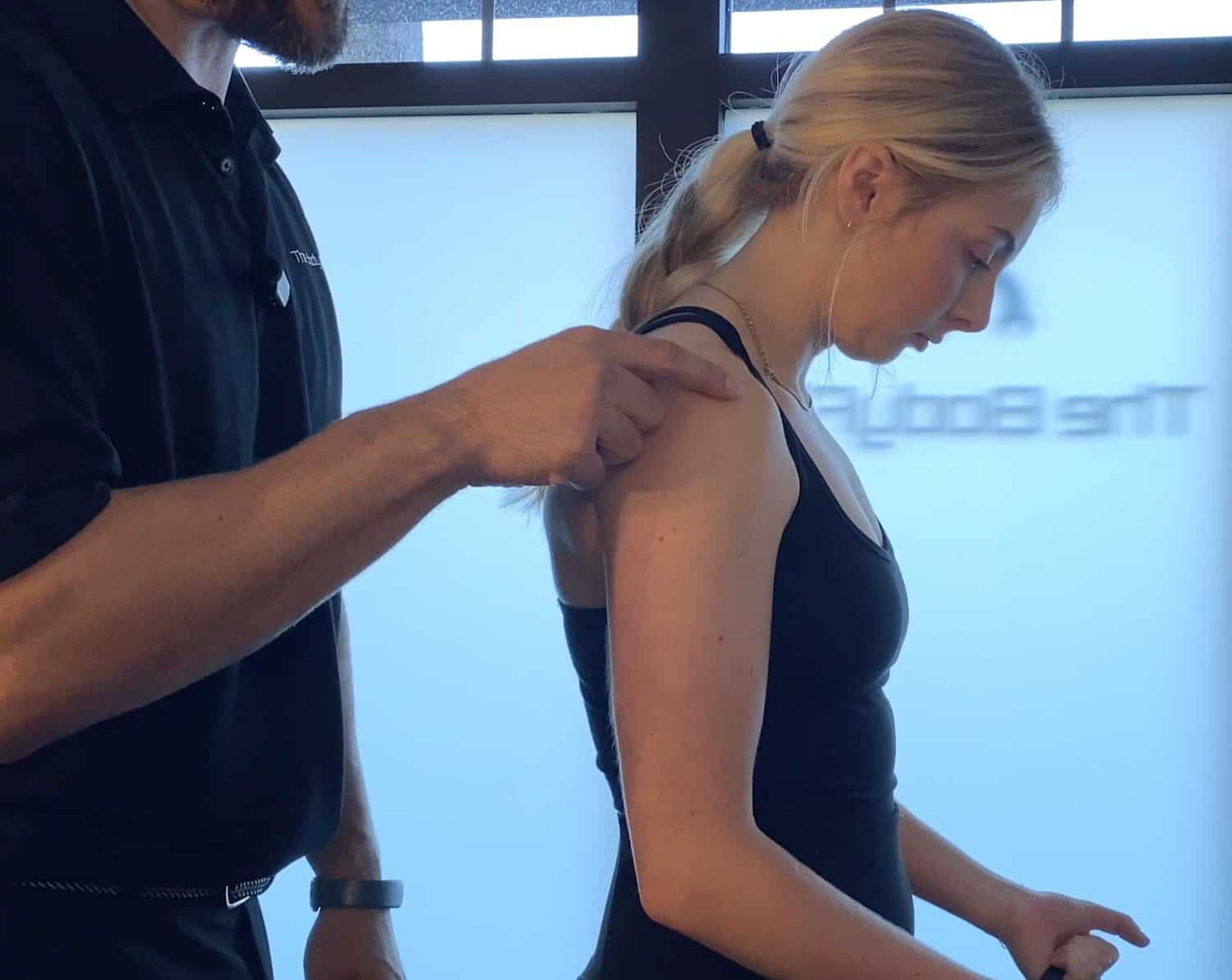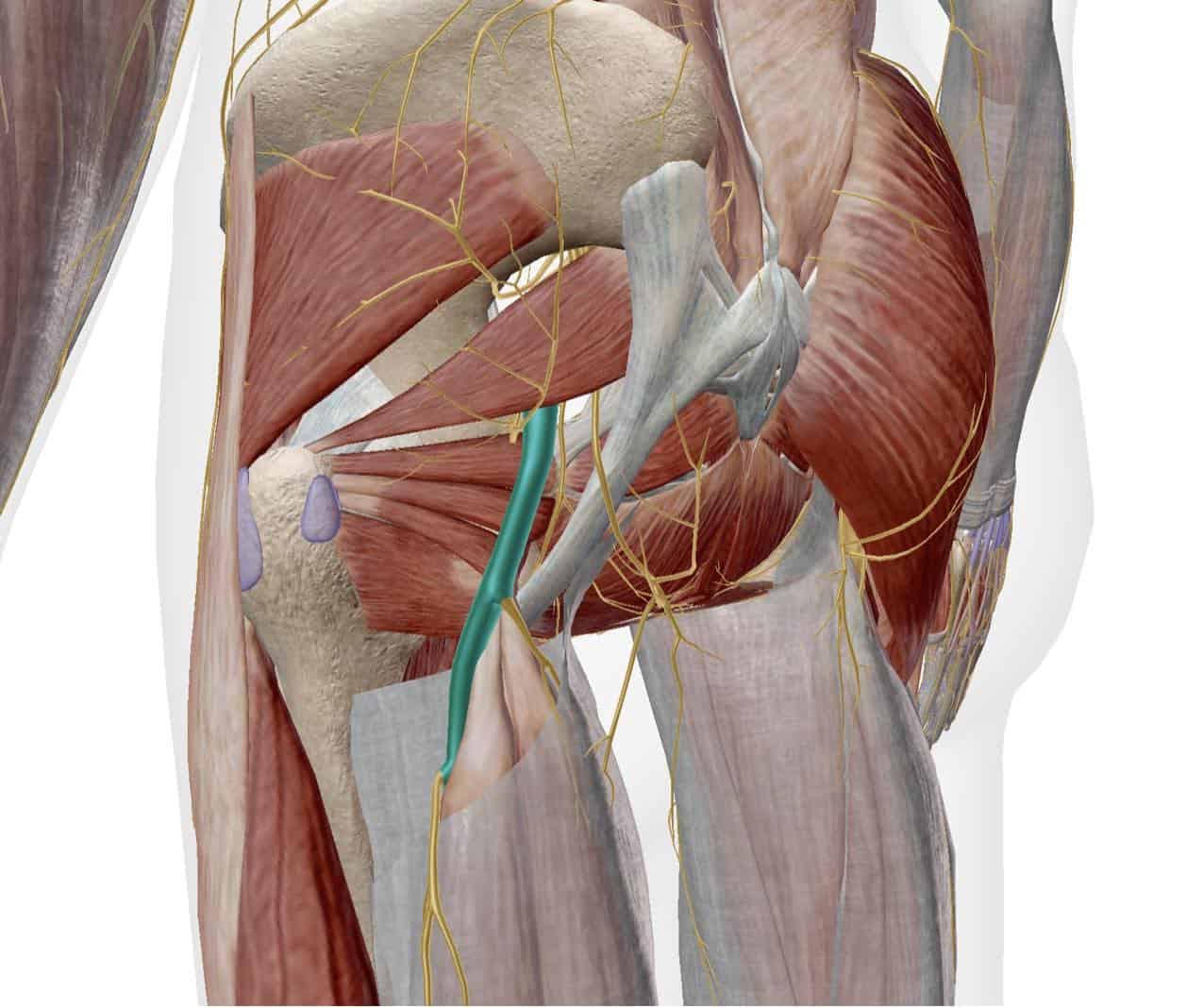Ouch, my Jaw! Is it TMJ Pain?
TMJ… The Temporomandibular Joint is a complex joint that connects the jawbone (mandible) to the skull. The joint acts as a sliding hinge connecting your jawbone to your skull. It plays an important role in various functions such as talking, chewing, and swallowing. The TMJ is a synovial joint, which means it has a joint capsule filled with synovial fluid, allowing for smooth movement between the surfaces. The translation movement of the TMJ, which is the sliding motion of the jawbone, is crucial for proper jaw function. However, issues like tmj capsule pain can arise due to inflammation or injury to the joint capsule, affecting the smooth movement of the jaw.
Table of Contents
So What are Some Common Symptoms of TMJ issues?
- Headaches
- Ear pain
- One-sided face pain
- Popping pain when opening or closing the mouth
- Internal grinding sensation
- Ear ringing
- Dizziness
- Congestion
- The base of skull neck pain
- Sinus Congestion
There is one particular study that suggests that 85-90% of individuals will have some TMJ pain or dysfunctions in their lifetime. Women seem to be more affected compared to men especially when cases of inflammation and dysfunction are severe. Cases usually fall into 2 main categories:
- Extra-articular- dealing with issues outside of the joint which includes more postural and joint restriction abnormalities as well as dental issues.
- Intra-articular- problems directly inside the joint which are commonly associated with the inflammation of the synovial fluid, the joint capsule, and issues with an articulated disc.
Usually, when we see jaw popping or clicking with pain we generally will find postural issues, especially in the sub-occipital area of the spine which is around your C1C2 vertebrae (right behind your eyes/head). Sometimes cases can be as simple as adjusting the TMJ, but usually, we find cases to be more complicated involving various structures. Each case looks different, but set up your consultation with BodyFix today so we can start on your pain relief journey.
See below for more specifics on the Anatomy and Movement properties of the TMJ.
Anatomy of the TMJ:
- Mandibular Condyle: This is the rounded portion of the mandible that articulates with the skull. It is covered by a layer of cartilage, called the articular surface, which helps reduce friction during jaw movement. Hearing grinding in our geriatric patients usually indicates a degenerative arthritic event happening.1
- Temporal Bone: The mandibular condyle fits into the mandibular fossa of the temporal bone, forming the TMJ. The mandibular fossa is located just in front of the external ear canal. If you put the pad of your index finger right in front of your ear you can feel the joint moving.2
- Articular Disc: The TMJ contains a fibrous and cartilaginous disc that separates the mandibular condyle from the mandibular fossa. This disc helps to distribute forces evenly and allows for smooth movement of the joint. This disc separates the joint into two compartments. A higher and a lower compartment. Assessing what the disc is doing during that movement will indicate where the dysfunction is occurring.3
- Joint Capsule: The joint is surrounded by a capsule composed of ligaments that provide stability to the joint. The capsule also contains synovial fluid, which lubricates the joint and nourishes the articular surfaces. These various ligaments provide support to the TMJ.
- Muscles: Muscles play a crucial role in the movement of the jaw and the stability of the TMJ. The muscles involved include the temporalis, masseter, and medial and lateral pterygoid muscles. The pterygoid muscles are the reasons why you see us chiropractors putting on a glove and going internally to treat the TMJ. Also, the digastric muscle is usually missed but necessary to treat especially when dealing with neurological symptoms.
The Movement of the TMJ:
- Hinge and Glide Movement: The TMJ allows for both hinge-like (rotation) and sliding (translation) movements. The first movement is around 30 degrees of rotation followed by a sliding effect with a full open mouth. This combination of movements is essential for functions such as chewing, speaking, and yawning. Once again if there are any imbalances between the top and bottom compartments, some anatomical structures will start to produce pain. The difficulty is finding the exact structure of the culprit.
- Muscular Control: Muscles, such as the masseter and temporalis, are responsible for elevating the jaw during activities like biting and chewing. The lateral pterygoid muscle is crucial for controlling lower jaw movement, allowing for opening and protrusion.
- Synovial Fluid: The synovial fluid within the joint capsule reduces friction between the articular surfaces, facilitating smooth movement.
- Articular Disc Function: The articular disc serves to distribute forces evenly across the joint and provides a cushioning effect during jaw movement.
- Neuromuscular Control: The nervous system plays a vital role in coordinating the movements of the jaw and maintaining the balance of forces within the TMJ.4
If you believe to are experiencing TMJ Pain or any issues, feel free to contact our clinic to set up an appointment. Dr. Mario is specialized in treating a variety of symptoms related to TMJ pain.
Find out how Dr. Mario treats TMJ Pain!
Find out more information from our experts at The BodyFix. Or Book an Appointment with us today to start your healing journey! For more information, you can call us at 843-981-4500.
Blog Disclaimer: The information provided on The BodyFix Chiro blog is for general informational and educational purposes only and is not intended as medical advice. These articles reflect our opinions and experiences but should not be used to diagnose or treat any health conditions. Always consult with your physician, chiropractor, or other qualified healthcare provider before starting any new treatment, exercise program, or making changes to your health routine. Any actions you take based on information from this blog are entirely at your own risk, and The BodyFix Chiro and its contributors disclaim any liability for the decisions you make based on this information.



